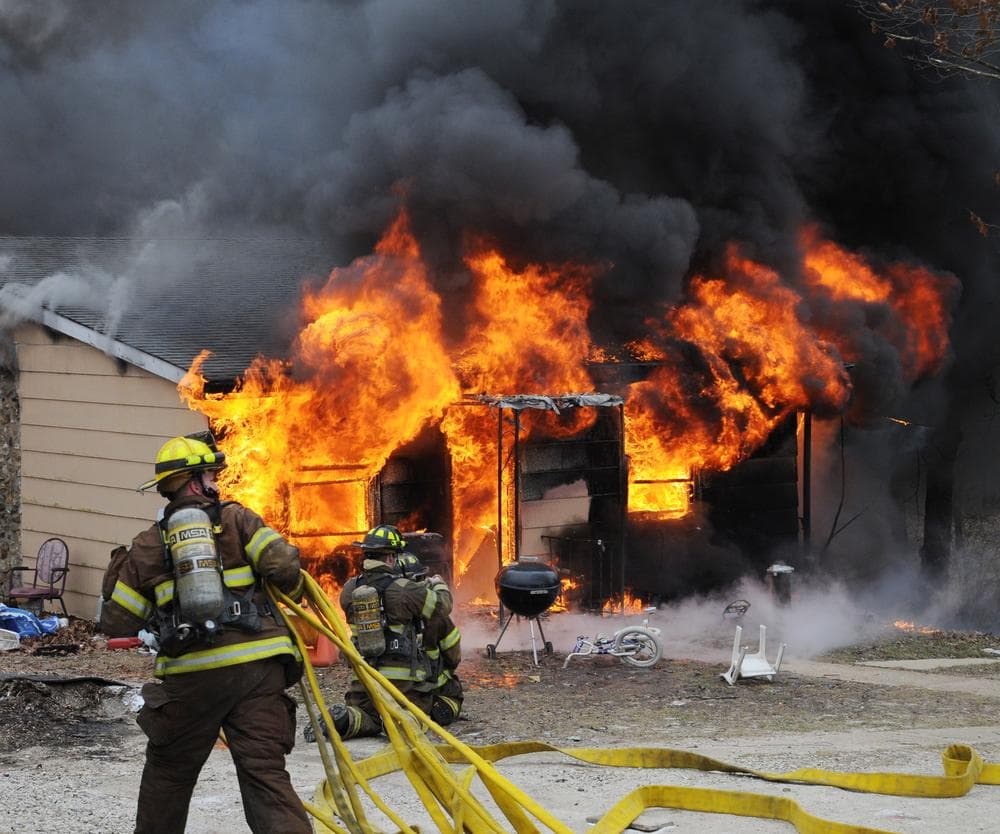Advertisement
Amateur Meth Makers Put Strain On Hospital Burn Units

A new DIY method of making methamphetamine is impacting hospitals across the country.
It's called "shake and bake" or the "one pot" method and it's leading to explosions that are landing people in hospital burn units.
"Now.. if you have a two liter soda bottle and basically some noxious household chemicals and some cold medicine, you can actually make drugs."
Dr. Jeffrey Guy
Many of these patients are un-insured, they can't pay the bills that run on average 130,000 dollars, according to the Associated Press - and that's pushed some hospitals over the edge.
At least seven are closing burn units, in part because they're strained from meth-related burn patients, partly also because of consolidations.
Game Changer
"This has been a huge game changer because prior to the one pot method, you had to have basically a chemistry lab in your home or your garage-- they were easy to detect, they were expensive to set up and they weren't mobile," Dr. Jeffrey Guy of Vanderbilt University's Burn Center told Here & Now's Robin Young of the new "shake and bake" method.
"Now.. if you have a two liter soda bottle and basically some noxious household chemicals and some cold medicine, you can actually make drugs," he said.
Guy says that in the "shake and bake" method, chemicals are put in a bottle and shaken up, but depending on how and when the bottle is opened, oxygen can get in at the wrong time and cause an explosion.
That can cause "burns of the hands, arms, chest, face," Dr. Guy said. "Some of the burns are minor, and many of the burns are life threatening."
He says that two out of three of his patients are methamphetamine users, and he sometimes treats children for meth-related burns.
Advertisement
"We've had infants and children who have had chchemical burns because they have been exposed to the chemicals.. they may have walked through the area where some of the chemicals are on the floor," he said.
- Here & Now: The View From Meth Capital, USA
Guest:
- Dr. Jeffrey Guy, Vanderbilt University Burn Center director
This segment aired on February 2, 2012.